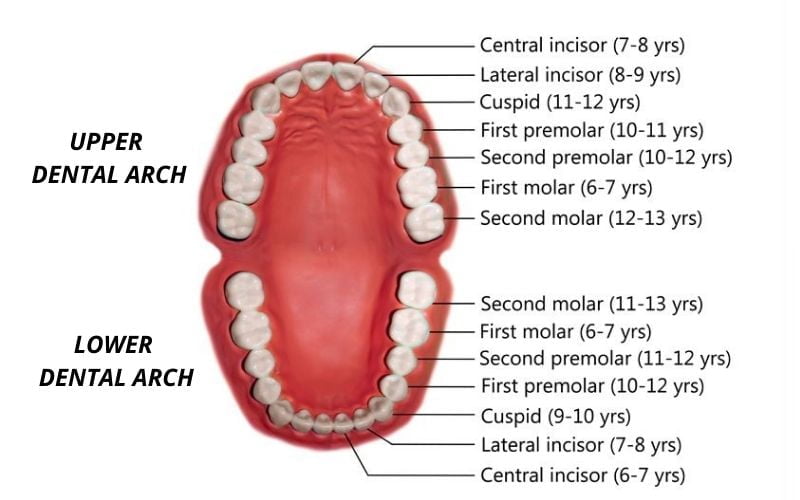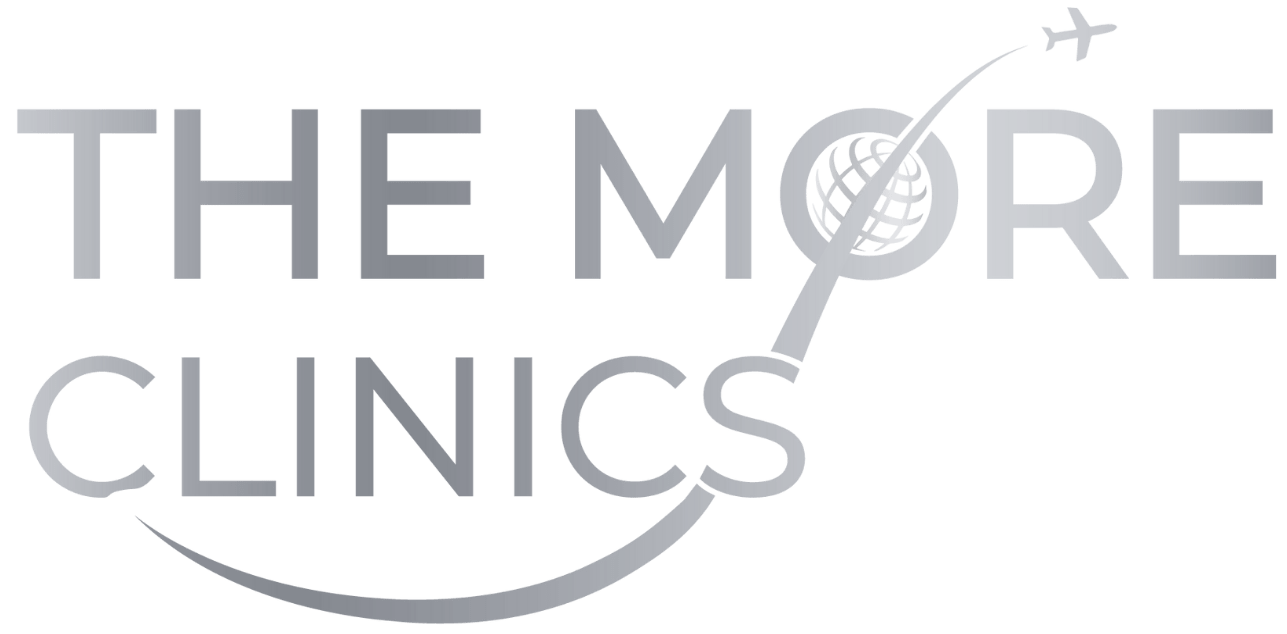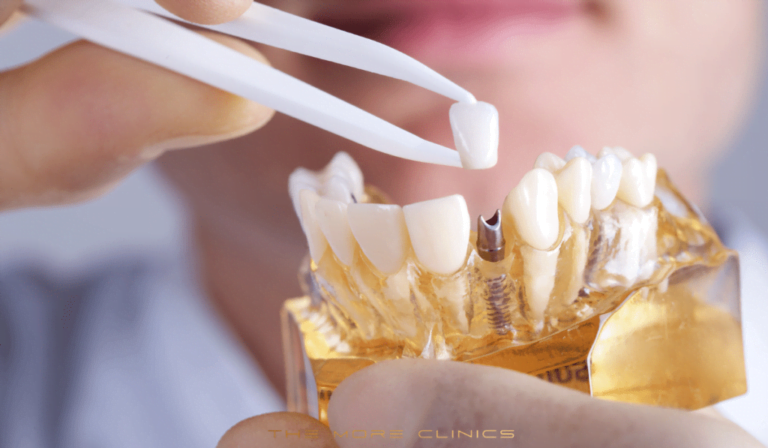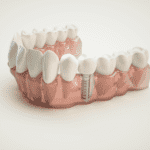Tooth Chart: Universal Tooth Numbering Charts
Effective communication among dental professionals is crucial for accurate dental records, treatment plans, and collaboration. By understanding the dental naming system and teeth numbering, you can gain insights into the treatments your dentist may provide. Tooth Charts serves as a standardized language that dentists worldwide use to ensure clear understanding and effective communication about teeth. Dental patients also should be familiar with the tooth number chart to understand their treatment plan and oral health.
Understand the Tooth Numbers
The teeth numbering chart is a simple scientific system used in dental offices. It helps identify teeth and communicate dental information. There are different systems like the Universal, Palmer, and FDI notation. Understanding tooth numbers and names is important for identifying dental issues.

Tooth Names on Tooth Chart
Teeth naming system not only provides an easy reference point for dental professionals but also helps patients understand their oral health better. It’s essential to familiarize oneself with these tooth names to follow dental discussions efficiently.
Just like the numbering system, each tooth also has a designated name. Starting from the center, the two front teeth are named “Central Incisors.”
Adjacent to them, on both sides, are the “Lateral Incisors.”
Following the incisors are the “Canines,” also known as the cuspids.
After the Canines, come the “First Premolars,” then the “Second Premolars.”
The next teeth are the “First Molars,” “Second Molars,” and finally the “Third Molars,” which are commonly referred to as the wisdom teeth.
Differences between Tooth Number Charts
Universal Tooth Numbering System
The Universal Tooth Numbering System is the most commonly used system in the United States. This system assigns a unique number to each tooth in a clockwise sequence. Starting with the upper right third molar as number 1 and ending with the lower right third molar as number 32, it ensures easy identification of teeth during dental treatments. It’s crucial for both patients and professionals to understand this system to enhance communication and clarity in dental procedures.
Palmer Notation System
The Palmer Notation System is used in Europe and Asia. It assigns a number to each tooth, with the first digit representing the quadrant of the mouth (1 for upper right, 2 for upper left, 3 for lower left, and 4 for lower right) and the second digit indicating the location within that quadrant. For example, the upper left canine would be labeled as 23. This system is not as commonly used as the Universal system, but it’s important for dental professionals to be familiar with both systems for effective communication.
FDI Notation System
The FDI Notation System (also known as the ISO system) is widely used in Europe and other parts of the world. It assigns a number to each tooth, with the first digit representing the quadrant of the mouth (1 for upper right, 2 for upper left, 3 for lower left, and 4 for lower right) and the second digit indicating the specific tooth within that quadrant. For example, the upper left canine would be labeled as 23 in this system as well. This system is important for global communication in dentistry.
Which tooth chart is used where ?
ADA TOOTH NUMBERING SYSTEM: The “Universal Teeth Numbering System,” also known as the “American system,” is widely used in the United States. It assigns a unique number to each tooth, making it easier for dentists to communicate and identify specific teeth during dental procedures.
FDI TOOTH NUMBER SYSTEM: Canadian dentists utilize the FDI Tooth Number System, which is also recognized and used by European dentists. This system employs a two-digit numbering chart to designate each tooth, facilitating international dental communication and collaboration.
PALMER METHOD: The Palmer Method is specifically designed for orthodontists and oral surgeons. It utilizes a different tooth numbering system that involves dividing the mouth into four quadrants and labeling teeth with a combination of letters and numbers. This method aids in precise tooth identification and treatment planning for orthodontic and surgical procedures.
Dental Treatment Abroad: Understanding Tooth Charts
If you are contemplating receiving dental treatment abroad, rest assured that the tooth chart system ensures universal understanding among dental professionals worldwide. The More Clinics’ Dentists are well-equipped and educated to understand all tooth charts, including Universal, Palmer, and FDI notation systems. This means they can efficiently identify the teeth by their numbers and names, regardless of the system used in your home country. Contact us to learn more!
GET A FREE CONSULTATION!
Let’s Start Planning Your Treatment %100 Guarantee Results.






